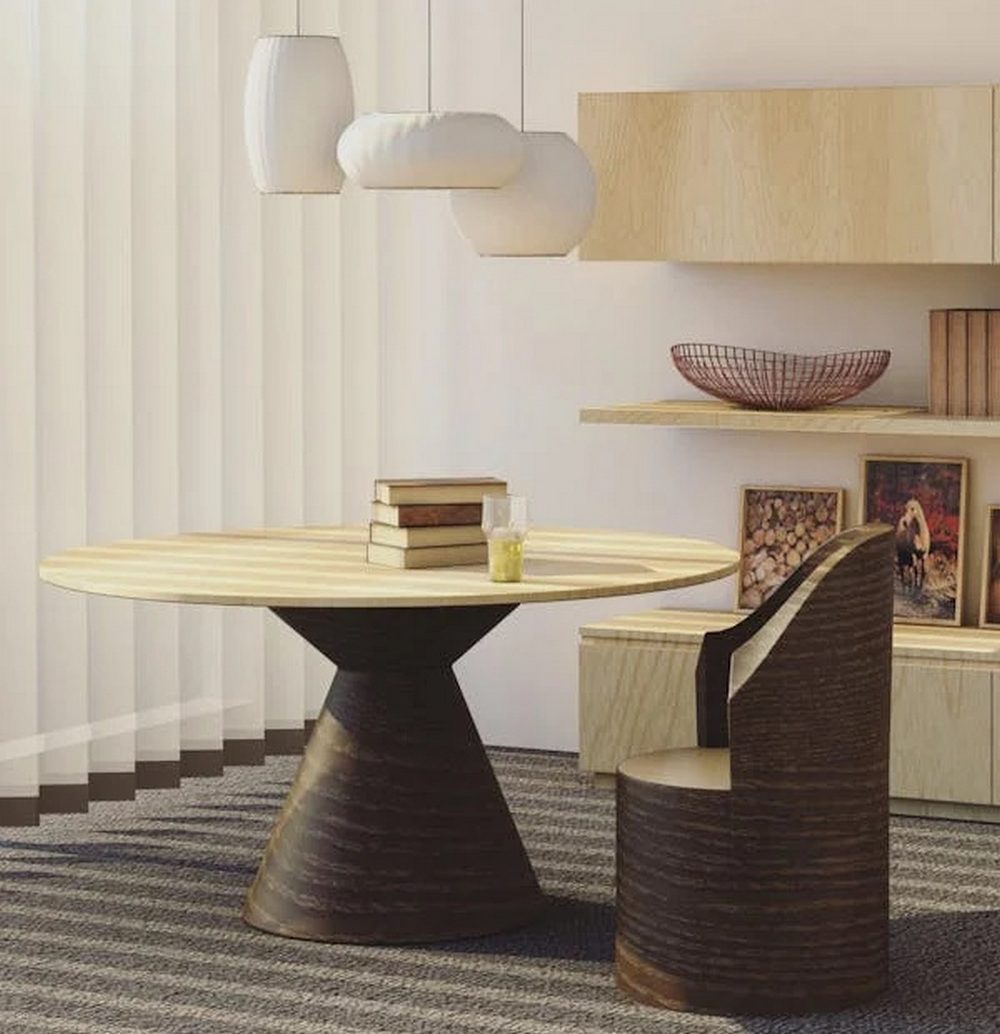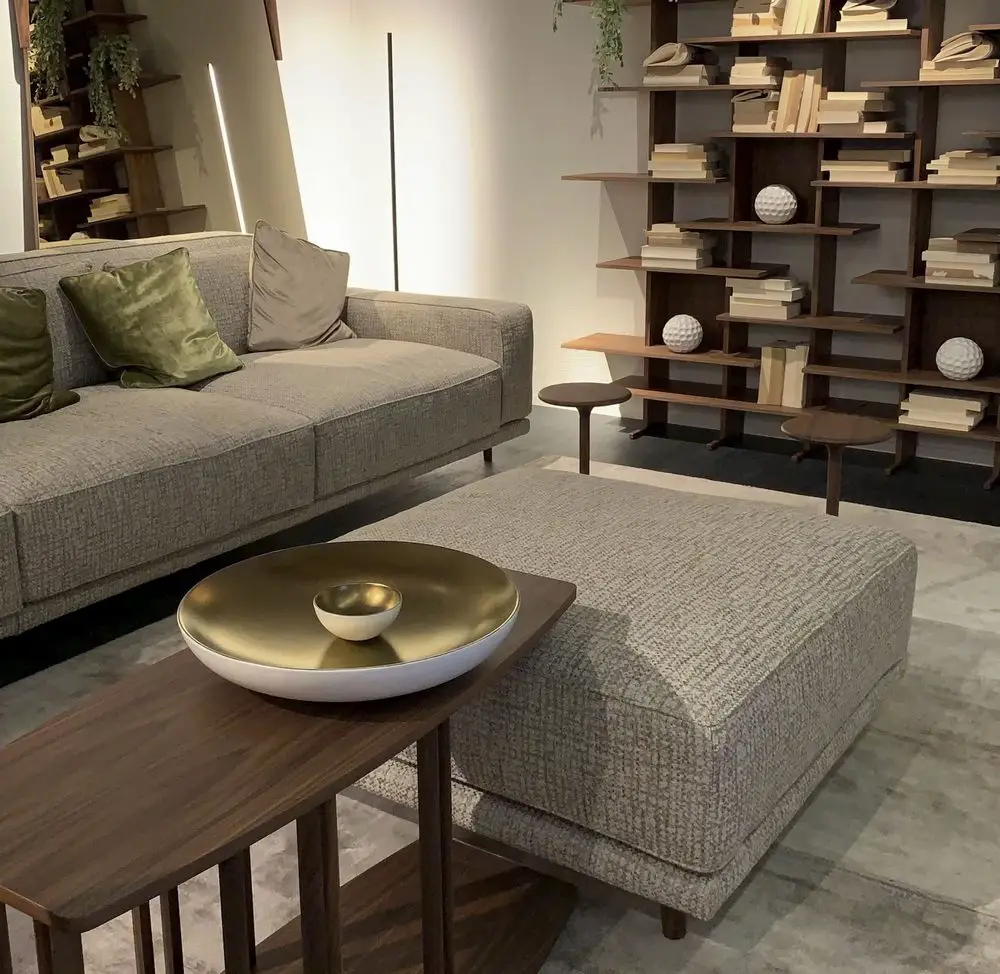In our whirlwind, ever-shifting modern existence, the cry for versatile and adaptable living and working spaces has reached a fever pitch. As our lifestyles and work routines continue to morph and evolve, it’s absolutely critical that our environments keep stride.
This is where furniture swoops in to save the day. By meticulously hand-picking and arranging furniture pieces like a maestro conducting a symphony, we can conjure up spaces that not only ooze functionality and comfort but also possess the uncanny ability to bend and flex to our ever-changing needs and whims.
Contents
How the Right Furniture Can Transform Living and Working Spaces?
The gravity of flexibility and adaptability in our living and working quarters cannot be overstated. In today’s unpredictable world where change is a way of life, it’s not just nice but absolutely essential to have spaces that can effortlessly adapt to our shifting needs.
Whether it’s a sudden pivot to remote work, a new addition to the family, or simply a hankering for a fresh aesthetic, being able to swiftly and seamlessly adapt our spaces is the secret sauce to maintaining a sense of comfort, productivity, and sanity amid life’s curveballs.

The Importance of Flexibility in Living Spaces
Our homes wear many hats – they’re our personal sanctuaries, entertainment hubs, workspaces, and family gathering spots all rolled into one. That’s why it’s crucial for our living spaces to be versatile enough to handle all these different roles.
Modular Furniture
The answer? Flexible furniture. Modular furniture is one smart way to achieve a flexible living space. Need to host a party? Rearrange the sectional sofa for more seating. Working from home? Transform part of the living room into a cozy office nook.
Other examples:
- A modular sofa can be separated into individual chairs or reclined to create a comfortable lounging area.
- Modular shelving units can be stacked and rearranged to create different storage configurations.
- Modular tables can be expanded or contracted to accommodate different numbers of people.
Modular furniture is the ultimate shapeshifter, a loyal companion that evolves with your ever-changing lifestyle. It’s like having a magic wand that lets you effortlessly redesign your living space whenever inspiration strikes, without the constant drain on your bank account from buying new furniture.
As your tastes and needs shift over time, your trusty modular furniture is right there with you, ready to be rearranged and reconfigured to create a space that feels perfectly tailored to your current situation. Not only does this save you some serious cash in the long run, but it also helps reduce waste and minimize your environmental impact.
Talk about a win-win! With modular furniture, you’ve got the power to redesign your living area whenever the mood strikes, all while making a smart, eco-friendly choice. So go ahead, embrace the magic of these versatile pieces and let your creativity run wild – your wallet and the planet will thank you.
Multifunctional Furniture
Another way to create flexibility in our living spaces is through the use of multifunctional furniture. These are pieces that serve more than one purpose, helping to maximize space and functionality.
For example, a coffee table with hidden storage compartments can provide a place to store blankets, games, or other items when not in use. A sofa bed can be converted into a comfortable sleeping area for guests. And a dining table with extendable leaves can be expanded to seat more people when entertaining.
Multifunctional furniture is especially useful in smaller living spaces, where every square foot counts. By investing in pieces that serve multiple purposes, we can make the most of our limited space without sacrificing comfort or style.
And like modular furniture, multifunctional pieces can be adapted and repurposed as our needs change over time.

Crafting Workspace Furniture That Change with Your Needs
Just as our living spaces need to be flexible, so too do our workspaces. With the rise of remote work and freelancing, many people are now working from home or in shared office spaces. Furniture can play a key role in creating workspaces that are both comfortable and adaptable.
One important consideration in any workspace is ergonomics. Furniture that is designed with ergonomics in mind can help to reduce physical strain and discomfort, leading to increased productivity and well-being.
Some examples of ergonomic furniture include:
- Adjustable office chairs that support proper posture and alignment
- Standing desks that allow for alternating between sitting and standing throughout the day
- Ergonomic keyboards and mice that reduce strain on the wrists and hands
By investing in ergonomic furniture, we can create workspaces that are comfortable and conducive to long-term health and productivity. This is especially important for those who spend long hours at a desk or computer, as poor ergonomics can lead to a range of health issues over time.
Another important aspect of adaptable workspaces is versatility. With many people now working in shared or multipurpose spaces, it’s essential that furniture can be easily rearranged and repurposed as needed. This is where Italian furniture comes into play.
Known for its sleek, modern designs and high-quality craftsmanship, Italian furniture is well-suited to creating versatile workspaces.
To illustrate, a stylish Italian desk with a minimalist design can easily be moved and repositioned as needed, while a set of stackable Italian chairs can be quickly rearranged to accommodate different numbers of people. Italian furniture is also known for its durability and longevity, meaning that it can withstand the wear and tear of frequent use and reconfiguration.
By incorporating Italian furniture into our workspaces, we can create environments that are not only functional but also stylish and adaptable. And with the growing trend towards remote work and coworking spaces, having furniture that can easily be moved and repurposed is more important than ever.
The Future of Flexible and Adaptable Spaces
As our lifestyles and work habits continue to evolve, it’s clear that the need for flexible and adaptable spaces will only continue to grow. Furniture manufacturers are already responding to this trend, with many now offering pieces that are specifically designed for flexibility and versatility.
Some examples of innovative furniture design include modular furniture systems that can be easily reconfigured and expanded over time. Furniture pieces that incorporate smart technology such as built-in charging stations or adjustable lighting, and sustainable furniture made from eco-friendly materials that can be easily disassembled and repurposed.
These innovative designs represent the future of flexible and adaptable living and working spaces. By embracing these technologies and materials, we can create environments that are not only functional and comfortable but also sustainable and future-proof.
Of course, creating truly flexible and adaptable spaces requires more than just innovative furniture. It also requires a shift in mindset and a willingness to embrace change. We must be open to new ways of living and working, and be willing to adapt our spaces as our needs evolve.
This may mean rethinking traditional notions of what a home or office should look like, and being open to unconventional layouts and configurations. It may also mean investing in furniture and decor that can easily be moved, reconfigured, and repurposed as needed.
Ultimately, the key to creating flexible and adaptable spaces is flexibility itself.
By embracing a mindset of adaptability and being open to change, we can create environments that are not only functional and comfortable but also ready for whatever the future may bring.
The Takeaway
Furniture plays a crucial role in creating flexible and adaptable living and working spaces. By carefully selecting pieces that are modular, multifunctional, ergonomic, and versatile, we can create environments that are able to evolve and change with us over time.
As we continue to navigate an increasingly unpredictable world, the importance of flexibility and adaptability in our spaces will only continue to grow. By embracing the role of furniture in this process, we can create living and working environments that are not only functional and comfortable but also ready for whatever the future may bring.
So let us embrace change, invest in adaptable furniture, and create spaces that can grow and evolve with us over time.




